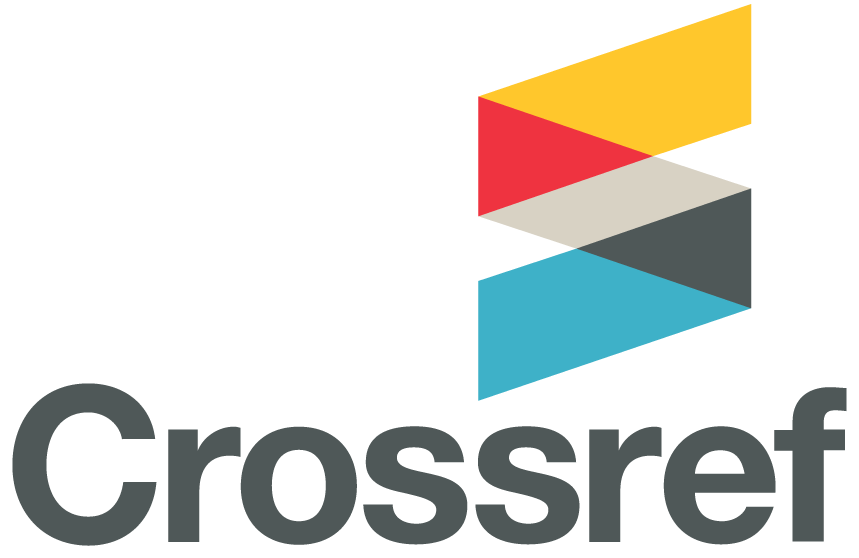Angular Cheilitis and Iron Deficiency Anemia
DOI:
https://doi.org/10.32828/mdj.v5i1.499Keywords:
Key words: Angular cheilitis, iron deficiency anemia, hemoglobin.Abstract
Angular cheilitis presents as an area of inflamed and cracked skin at the angles of the mouth. Iron deficiency anemia seems to predispose to angular cheilitis. Thus this study was conducted to find out how many patients with angular cheilitis were having iron deficiency anemia.
Eighty-two patients (45 females and 37 males) between the age of (9-70) years with angular cheilitis were used in this study. Complete blood picture with hemoglobin estimation and blood films were done for each patient.
The highest number of patients with angular cheilitis was in the two age groups (5-14) and (55-64) years. Twenty-nine (35.3%) of patients with angular cheilitis were of iron deficiency anemia. Their hemoglobin values (Hb) were 9.3 ± 0.7 gm\dl in females and 10.6 ± 0.6 gm\dl in males while for those not anemic patients is 11.8 ± 1.1 gm\dl in females and 14.5 ± 0.6 gm\dl in males. The Hb values were significantly decreased in those patients with microcytic hypochromic red blood cells (p<0.01) of females and (p<0.05) of males.
The highest number of patients with iron deficiency anemia was in the age group (25-34) years, while in the age group of (65-74) years, patients with angular cheilitis were not affected with iron deficiency anemia.
Only twenty-nine (35.3%) of patients with angular cheilitis were having iron deficiency anemia (microcytic hypochromic anemia). The mean of hemoglobin values (Hb) were 9.3 ± 0.7 gm\dl for females and 10.6 ± 0.6 gm\dl for males.
Downloads
Published
Issue
Section
License
The Journal of Mustansiria Dental Journal is an open-access journal that all contents are free of charge. Articles of this journal are licensed under the terms of the Creative Commons Attribution International Public License CC-BY 4.0 (https://creativecommons.org/licenses/by/4.0/legalcode) that licensees are unrestrictly allowed to search, download, share, distribute, print, or link to the full texts of the articles, crawl them for indexing and reproduce any medium of the articles provided that they give the author(s) proper credits (citation). The journal allows the author(s) to retain the copyright of their published article.
Creative Commons-Attribution (BY)









